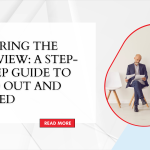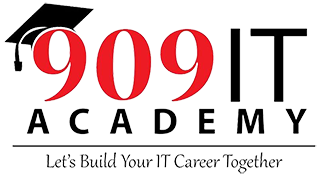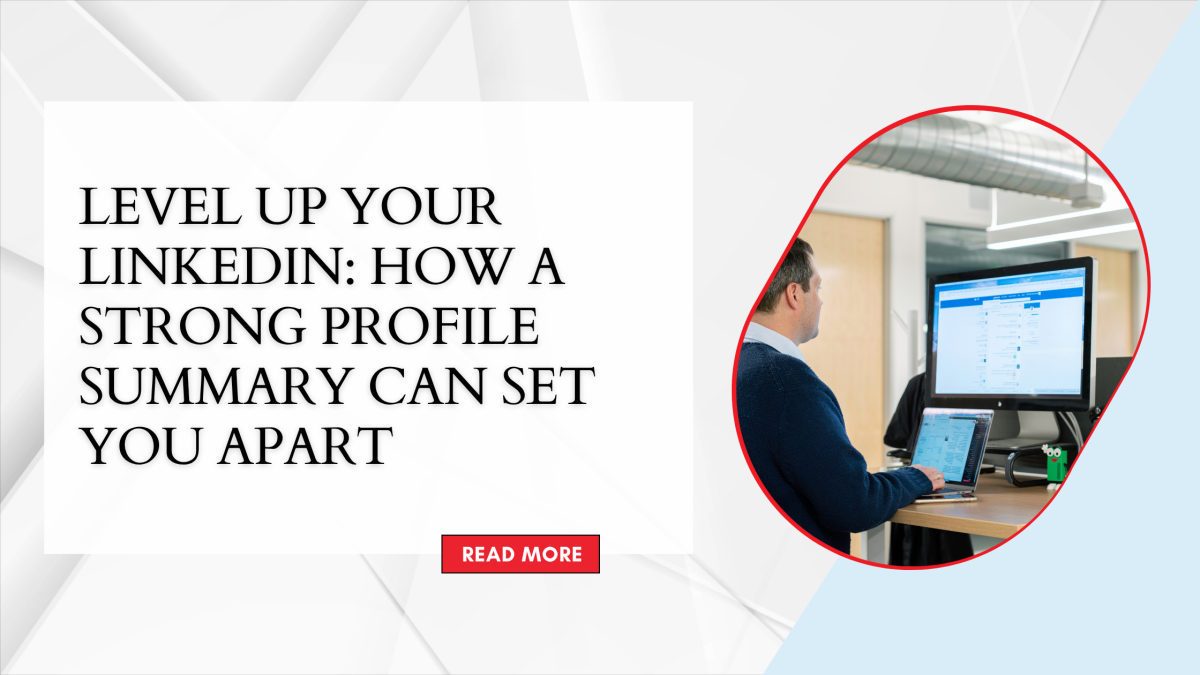LEVEL UP YOUR LINKEDIN: HOW A STRONG PROFILE SUMMARY CAN SET YOU APART

MASTERING THE INTERVIEW: A STEP-BY-STEP GUIDE TO STAND OUT AND SUCCEED
30 June 2025
Cybersecurity Careers: Salary, Scope & Skills in 2025
12 September 2025In today’s fast-paced digital world, LinkedIn has become much more than just a platform for professional networking; it’s your personal branding tool, your online resume, and often the first impression you make on recruiters. While a polished profile photo and well-organized work history are essential, one of the most overlooked yet impactful sections of your LinkedIn profile is the Career Summary or “About” section.
This brief paragraph can help you make a strong impression within seconds. But what should you actually write there? What makes a good summary stand out? Let’s break it down with a few easy-to-follow tips to help you craft a compelling LinkedIn profile summary that aligns with your career goals and gets you noticed by potential employers.
1. Start with a clear career objective
Your summary should open with a short and clear career objective. Think of it as your professional mission statement. Why are you on LinkedIn? What kind of opportunities are you looking for? A career objective shows direction and purpose, helping recruiters quickly understand what you’re aiming for.
✅ Tip:
Be honest and specific. Avoid vague lines like “I want to work in a good company.” Instead, write something that shows your ambition and clarity.
📌 Example:
“Passionate and detail-oriented cybersecurity enthusiast with a strong foundation in network security and threat detection, seeking to launch a career in cybersecurity and contribute to protecting digital infrastructure from emerging threats.”
2. Mention the role you're targeting
Your LinkedIn summary is also a great place to mention the job title or field you’re pursuing. This helps your profile appear in recruiter searches for specific roles. Whether you’re aiming to become a business analyst, a digital marketer, a cybersecurity specialist, or a software developer, make it obvious.
📌 Example:
“Actively seeking an entry-level cybersecurity analyst role where I can leverage my skills in ethical hacking, vulnerability assessment, and risk mitigation.”
Including the job title directly ties your profile to relevant searches, improving visibility and helping hiring managers connect you with the right opportunities.



3. Highlight your key skills and strengths
In just a few lines, you can showcase 2–3 of your strongest skills or personal qualities. Focus on what sets you apart from the crowd. Are you a problem solver? A great communicator? A data-driven thinker? Highlight these traits using real, career-relevant language.
Use strong, action-oriented words such as:
• Analytical
• Results-driven
• Collaborative
• Innovative
• Adaptable
• Detail-oriented
📌 Example:
“I bring hands-on experience in using tools like Wireshark, Nessus, and Nmap along with strong analytical and troubleshooting skills developed through coursework and simulated penetration testing projects.”
4. Be authentic and future-focused
The best LinkedIn summaries sound genuine, not robotic. Avoid stuffing in buzzwords just for the sake of it. Instead, show your personality by briefly mentioning your aspirations, learning mindset, or enthusiasm for a particular industry or technology.
✅ Tip:
Write in the first person for a more personal and approachable tone.
📌 Example:
“I’m fascinated by the evolving nature of cyber threats and am committed to lifelong learning to stay ahead in the cybersecurity field. I’m currently expanding my skills in incident response and cloud security.”
5. Sample summary you can use or adapt
Here’s a complete example based on the tips above:
“Passionate and detail-oriented cybersecurity enthusiast with a strong foundation in network security and threat detection, seeking to launch a career in cybersecurity and contribute to protecting digital infrastructure from emerging threats. I bring hands-on experience with tools like Nessus, Kali Linux, and Wireshark, and have developed strong communication and teamwork skills through academic collaborations and capture-the-flag competitions. Actively seeking an entry-level cybersecurity analyst role where I can apply my skills and grow within a fast-paced security environment.”
Final thoughts
A strong LinkedIn summary doesn’t have to be long, but it must be purposeful, targeted, and personal. It should reflect where you are now, where you want to go, and what you bring to the table. Whether you’re a student, a recent graduate, or a professional switching careers, these tips will help you create a summary that captures attention and opens doors.
If you haven’t updated your LinkedIn summary lately, now is a great time to start. Make those first few lines count!




